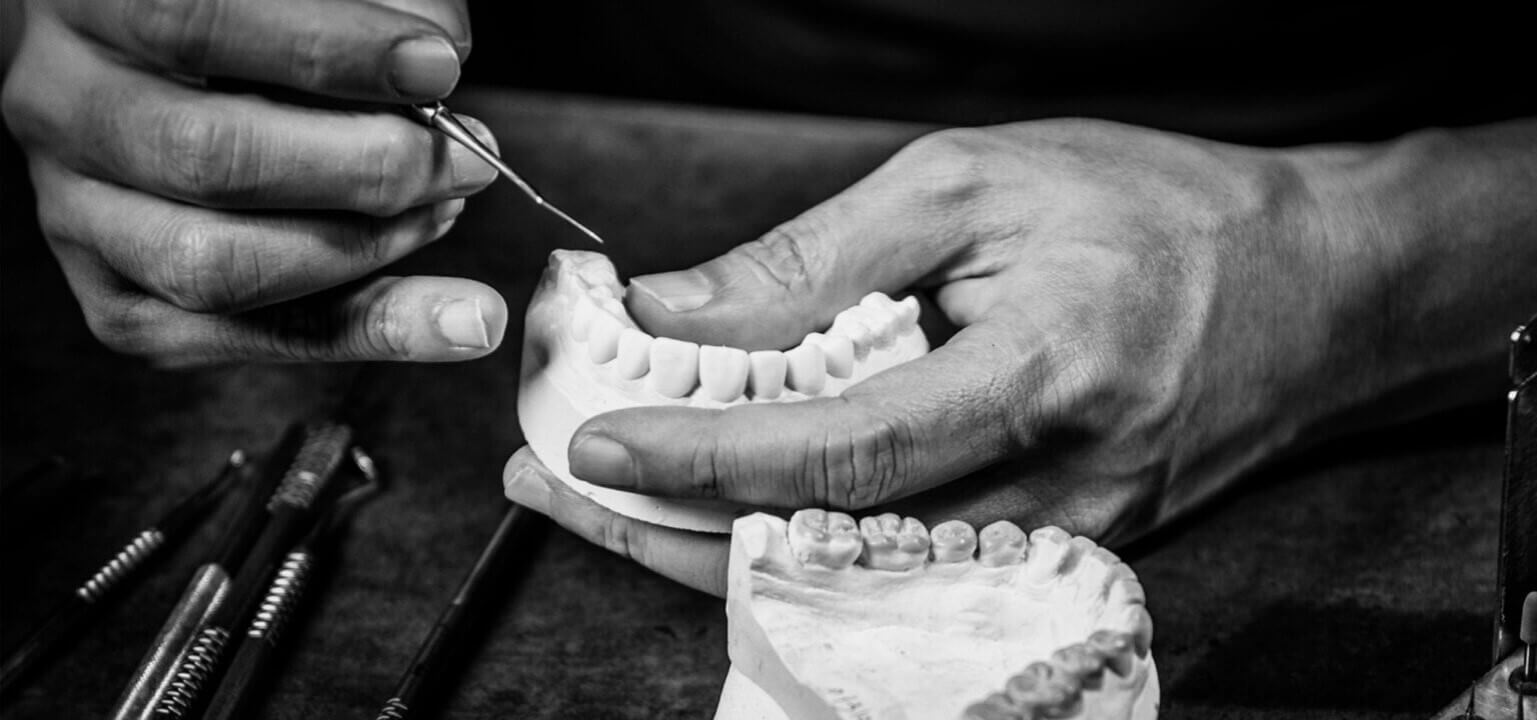

When it comes to straightening your teeth, the choice between clear aligners and metal braces can be tough. Both options are effective, but they cater to different needs, lifestyles, and preferences. Understanding the key differences between the two can help you make an informed decision that aligns with your goals for a perfect smile.
Both options are effective, but they cater to different needs, lifestyles, and preferences. Understanding the key differences between the two can help you make an informed decision that aligns with your goals for a perfect smile.
In this blog post, we will look into the pros and cons of clear aligners and metal braces, helping you decide which option is best for you.
What are Clear Aligners and Metal Braces?
Clear Aligners:
Clear aligners, like Invisalign, are a modern orthodontic treatment that uses a series of custom-made, transparent trays to gradually shift your teeth into place. They are popular for their discreet appearance and convenience, making them an appealing option for adults and teens who prefer a less noticeable way to straighten their teeth.
Metal Braces:
Metal braces are the traditional orthodontic treatment that uses metal brackets and wires to correct teeth alignment. They are highly effective and can treat a wide range of dental issues, from minor crookedness to severe misalignment. Metal braces are often the go-to choice for younger patients, but they are also suitable for adults seeking a reliable solution.
Pros and Cons of Clear Aligners
Pros:
1. Discreet Appearance:
One of the biggest advantages of clear aligners is their nearly invisible appearance. Since they are made of clear plastic, they are less noticeable than metal braces, making them a popular choice for those who want to straighten their teeth without drawing attention.
2. Comfort and Convenience:
Clear aligners are made of smooth plastic, reducing the likelihood of discomfort or irritation in your mouth. They are also removable, allowing you to eat, drink, and clean your teeth with ease. This convenience is a significant benefit for those who want to maintain their regular oral hygiene routine without any hindrance.
3. Fewer Dental Visits:
With clear aligners, you typically need fewer dental clinic visits than metal braces. This is because the treatment is planned out in advance, and you can switch to the next set of aligners at home without the need for frequent adjustments by your orthodontist.
Cons:
1. Limited Treatment Scope:
While clear aligners are effective for many cases, they may not be suitable for more complex orthodontic issues. Severe misalignment, large gaps, or significant bite problems may require more precise control than metal braces offer.
2. Discipline Required:
Clear aligners must be worn for 20-22 hours daily to be effective. Your treatment could be prolonged or less effective if you’re not disciplined about wearing them consistently. This requirement can be challenging for some patients, particularly younger ones.
3. Potential for Loss or Damage:
Since clear aligners are removable, there’s a risk of losing or damaging them. Misplacing your aligners can delay your treatment and increase costs if replacements are needed.
Pros and Cons of Metal Braces
Pros:
1. Effective for Complex Cases:
Metal braces are highly effective for treating a wide range of orthodontic issues, including complex cases that may not be suitable for clear aligners. They offer precise control over tooth movement, ensuring a successful outcome even for severe misalignments.
2. No Need for Compliance:
With metal braces, you don't have to remember to wear them because they are fixed to your teeth. This makes them a great choice for younger patients or those who may find it challenging to stick to wearing removable aligners.
3. Cost-Effective:
In many cases, metal braces are more affordable than clear aligners, making them a more accessible option for patients on a budget. Since they are not removable, they also tend to have fewer replacement costs.
Cons:
1. Noticeable Appearance:
The most significant drawback of metal braces is their appearance. The brackets and wires are visible when you smile, which can be a concern for those who are self-conscious about their looks during treatment.
2. Discomfort:
Metal braces can cause discomfort, especially after adjustments. The brackets and wires may irritate the inside of your mouth, leading to sores or sensitivity.
3. Dietary Restrictions:
With metal braces, you need to avoid certain foods that could damage the brackets or wires. Hard, sticky, or chewy foods are off-limits, which can be inconvenient for some patients.
Making the Right Choice for Your Smile
When deciding between clear aligners and metal braces, consider factors such as the complexity of your dental issues, your lifestyle, and personal preferences. If you want a discreet, comfortable, and convenient option and have relatively simple orthodontic needs, clear aligners might be the best choice. However, if you have more severe alignment issues or prefer a more affordable and dependable solution, metal braces could be the way to go.
In summary, clear aligners and metal braces offer effective solutions for achieving a straighter smile, but the right choice depends on your specific needs and preferences.
If you still have any questions regarding which one is suitable for you, schedule a consultation with our expert at SG Jain Multispeciality Dental Clinic, a well-known dental clinic in RS Puram. We'll assist you in making a well-informed decision to help you achieve the smile you've always wanted.
All Blog
- Does a More Expensive Clinic Guarantee Better Dental Implant Results?
- The Psychological Benefits of Full Mouth Rehabilitation: Beyond the Price Tag
- How do I choose the best restoration option for me?
- Top 10 Tips for a Smooth Recovery After Wisdom Tooth Removal Surgery
- Clear Aligners vs. Metal Braces: Which One is Right for Your Smile?
- Understanding Pain After Root Canal: What You Should Know and When to Get Help
- The Cost of Digital Smile Design: Is It Worth the Investment?



